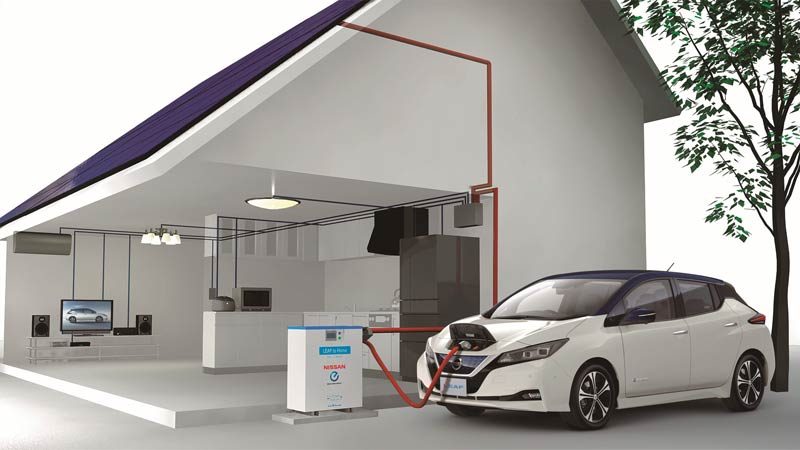Right now, the few thousand Australians who own electric vehicles are not able to sell power back to the grid from their car batteries, or make them available to deliver essential grid services.
One reason is that most EVs are not set up to do it. The second reason is that authorities have not get agreed on the rules, protocols and technical standards to make it happen. That may be about to change.
The Australian Energy Market Commission, which acts as the market rule-maker, says it is working on a number of different initiatives that will pave the way for vehicle-to-grid charging to become a reality, as well as allowing consumers to have multiple energy suppliers – for their home, their rooftop solar and their EVs.
In the newly released Retail Energy Competition Review, the AEMC notes that a growing number of energy retailers are offering one-way services such as “smart charging” rates for topping up their EV batteries at times of low prices.
The ultimate goal, however, is a true “two-sided” market, where EVs act as a significant resource for the grid, putting power back into the network at times of peak demand, and acting as a balancing tool for the market operator.
“Not only are the numbers of electric vehicles on our roads set to increase exponentially in the next decade, they will be central to the power system of the future,” AEMC chief executive Ben Barr said in a statement.
“They can double as a home battery, earn money for households who sell battery power back to the grid and lower home energy bills. They can also be used to help manage supply and demand across the broader grid and cut emissions in the energy sector.”
That potential has been recognised for some time. The challenge, however, is in designing the rules and agreeing on the technical standards that will manage the system.
Already, one EV supplier, Nissan, has launched a vehicle in Australia – the new Nissan Leaf – that can deliver V2G options, and does so in other countries. But the protocols have not yet been agreed in Australia, and this will require much discussion between car manufacturers, network owners, grid operators and the standards people.
The AEMC says that currently EVs have two main charging point standards, CHAdeMO and CCS. The CHAdeMO charging protocol, favoured by Japanese EV manufacturers, including Nissan, is currently capable of V2G.
The CCS charging protocol, favoured by European manufacturers, will become V2G capable when it is updated to CCS-2 by 2022-23. The AEMC says Tesla has its own charging protocol and it is unclear if it will become V2G capable in the future.301
Barr says it is also important to ensure the regulations are fit-for-purpose.
“We must also work to prevent the electric vehicles becoming a stressor on the system during peak times because that will lead to extra network investment and higher wholesale prices. We need to put the right structures in place for electric vehicles to be an energy tool, not a drain on the power system.”
The regulatory work that is already underway includes:
It also flagged an upcoming program between the Australian National University (ANU) and ARENA, and it noted the self-charging EVs with integrated solar panels being developed locally by Applied Electric Vehicles and internationally through Toyota, Sono Motors and Lightyear.
The AEMC report says EVs can provide a highly flexible and valuable load, given that they typically spend 95 per cent of their day parked, and could provide significant value in the wholesale market, ancillary services, and to relive network congestion or assist internal hedging policies.
The ability to soak up excess rooftop solar could assist the payback of household solar plus battery installations, and help the integration of more renewables on the grid.

Giles Parkinson is founder and editor of The Driven, and also edits and founded the Renew Economy and One Step Off The Grid web sites. He has been a journalist for nearly 40 years, is a former business and deputy editor of the Australian Financial Review, and owns a Tesla Model 3.

